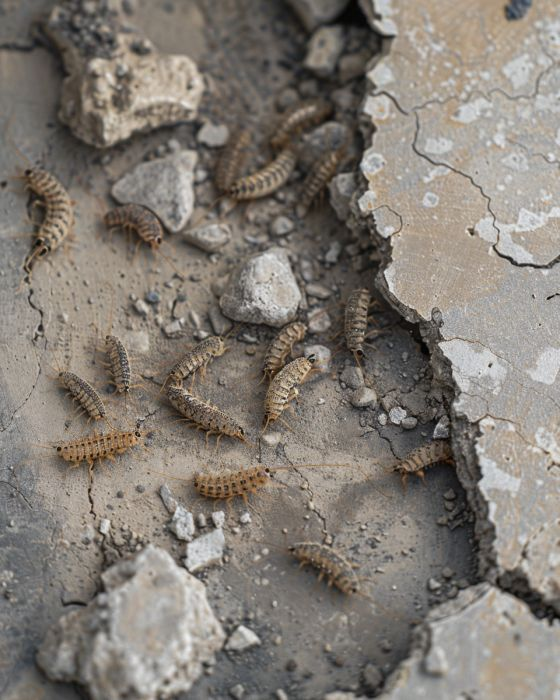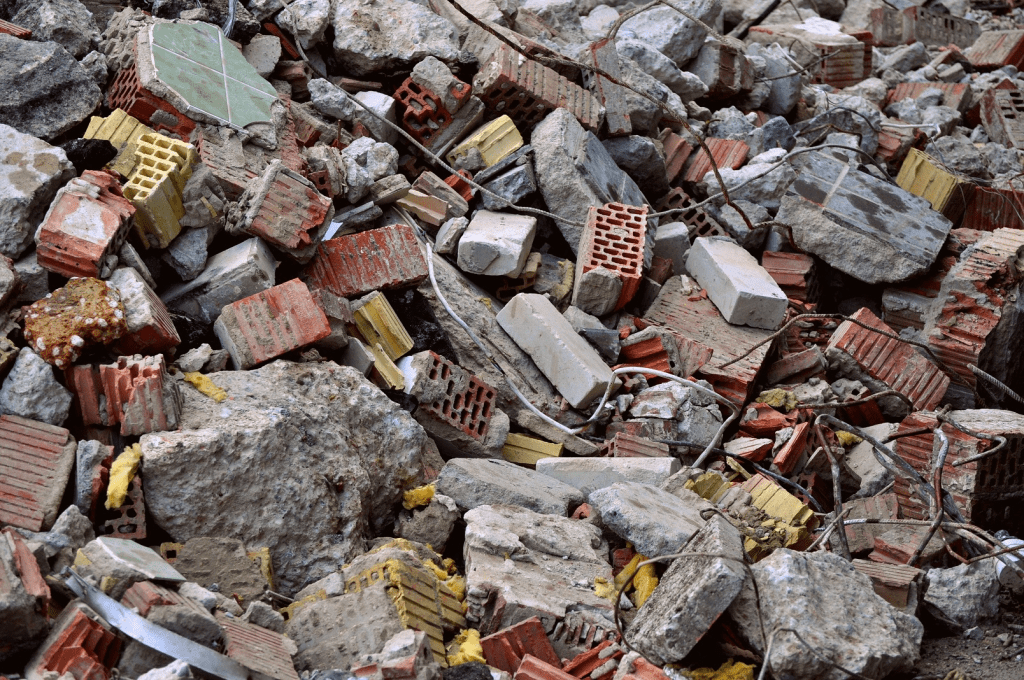Buying a new home is a dream for many—a fresh start, new memories, and endless possibilities. But what happens when that dream is tainted by an unexpected discovery, like maggots crawling out of cracks in the concrete floor? It’s unsettling, to say the least, and raises immediate concerns about the cleanliness and safety of your new space. If you’ve recently found yourself in this position, don’t panic. Let’s explore the potential causes behind this disturbing phenomenon and provide steps to address the issue effectively.
What Are Maggots?

Before diving into the causes, it’s essential to understand what maggots are. Maggots are the larval stage of flies, most commonly houseflies or blowflies. These small, white, worm-like creatures feed on decaying organic matter and can appear almost anywhere food, moisture, or decomposing material is present. While they’re not harmful in themselves, their presence is a clear indication of an underlying issue that needs immediate attention.
Why Are Maggots Emerging from Concrete Cracks?
The sight of maggots crawling out of concrete cracks might seem like something out of a horror movie, but it’s a problem that can be solved. Here are the most likely causes behind this creepy scenario:
1. Decaying Organic Matter: A Hidden Attraction
One of the most common reasons for maggots appearing in your home is the presence of decaying organic matter. Flies are naturally drawn to anything that can serve as a food source for their larvae. If cracks in your concrete are harboring organic debris such as food particles, plant matter, or other waste, they could become the perfect breeding ground for flies.
Over time, organic material can accumulate in the most unexpected places. If the cracks in your concrete lead to areas where trash, compost, or other waste has seeped, you’ve just found the maggots’ food source.
2. Rodent or Pest Activity: Unwelcome Guests
Another possible cause is pest or rodent activity. Unfortunately, pests can find their way into homes unnoticed and can die in hidden crevices within the walls or beneath the floor. The decaying remains of these pests provide a nutrient-rich environment for flies to lay their eggs, which then hatch into maggots.
If you’ve had a history of pest activity in your new home—whether rodents, birds, or even small mammals—it’s worth investigating further to rule out the presence of decomposing animals in hard-to-reach areas.
3. Moisture Problems: Creating a Breeding Ground
Maggots thrive in moist environments. If your home has moisture issues, such as leaking pipes, poor drainage, or excess humidity, it can create an ideal habitat for flies to lay their eggs. Cracks in concrete can trap moisture, especially if they’re near plumbing or areas prone to condensation.
Additionally, moisture problems can exacerbate the accumulation of organic material, making the cracks in your floor even more inviting to pests. Fixing leaks and improving airflow in damp areas can go a long way in preventing fly infestations.
4. Construction Debris: Leftover Materials Can Lead to Infestation

When houses are built or renovated, small bits of debris from construction can become trapped under floors or behind walls. If these materials are organic, they can become breeding grounds for flies. Leftover wood scraps, drywall particles, or even insulation can decay over time, creating the perfect environment for pests.
It’s not uncommon for construction crews to accidentally leave behind organic waste materials. Over time, as these materials break down, they attract flies that lay their eggs in the debris, resulting in maggots appearing from cracks.
5. Poor Sanitation: A Simple Explanation
In some cases, the issue can be as simple as poor sanitation practices. If the area around the cracks hasn’t been cleaned regularly, organic waste such as food crumbs, grease, or dirt can build up. These materials provide the perfect food source for flies.
If the previous homeowners didn’t maintain a high level of cleanliness, the cracks in the concrete could be harboring the waste that’s attracting the flies. Regular deep cleaning can often solve this issue by removing the food source for the maggots.
How to Address the Issue

If you’ve discovered maggots crawling out of concrete cracks in your home, the good news is that you can take steps to solve the problem. Here’s how to tackle it:
1. Identify and Remove the Source
The first step is to identify what’s attracting the flies. Carefully inspect the cracks and surrounding areas for any decaying organic matter, dead pests, or other waste. Remove any debris you find, as this will cut off the food supply for the maggots.
If you suspect the problem is coming from underneath the floor, you may need to contact a professional to help inspect areas that aren’t easily accessible.
2. Seal the Cracks
Once you’ve removed the source of the problem, it’s crucial to seal the cracks in the concrete to prevent future infestations. Use a high-quality sealant to close any gaps in the floor. This will not only keep out flies but also prevent moisture from accumulating and organic matter from getting trapped.
Sealing the cracks is especially important if you live in an area prone to pests or humidity. A well-sealed floor can go a long way in keeping your home pest-free.
3. Improve Sanitation

To prevent future infestations, maintaining a clean environment is key. Regularly clean the area around the cracks, and make sure you’re thoroughly removing any organic waste, food particles, or dirt. The cleaner the space, the less likely flies will be attracted to your home.
4. Control Moisture Levels
Since flies are drawn to moisture, controlling the humidity in your home is another important step. Fix any leaks, improve drainage, and consider using a dehumidifier in damp areas to keep things dry. By removing moisture, you make your home less attractive to pests and flies.
5. Consider Pest Control Services
If you’re unable to locate the source of the maggots or if the infestation persists, it may be time to call in a professional pest control service. They can perform a thorough inspection of your home, identify the underlying issue, and provide treatment to eliminate the flies and prevent future infestations.
Conclusion: A Clean Home is a Happy Home
Finding maggots crawling out of concrete cracks is certainly not what you expected when you bought your new home. However, with the right approach, you can quickly identify the cause and eliminate the problem. Whether it’s decaying organic matter, moisture issues, or construction debris, addressing the root cause will help restore cleanliness and peace of mind in your living space.
By taking proactive steps like sealing cracks, improving sanitation, and controlling moisture, you can ensure that maggots and other pests don’t have a chance to make your home their own. Maintaining a clean, dry environment is key to keeping your home a welcoming space for you—and only you!


